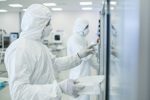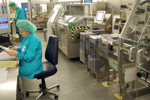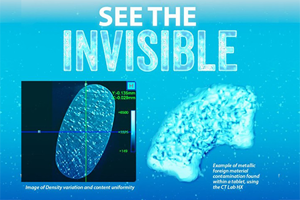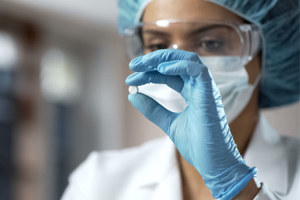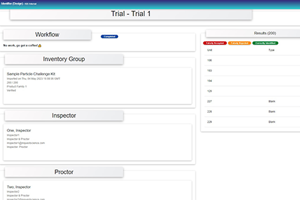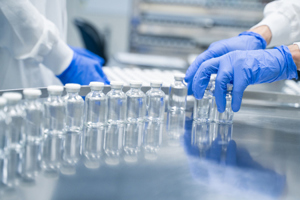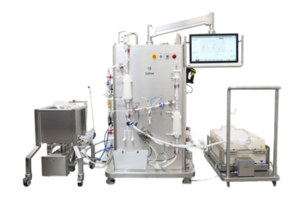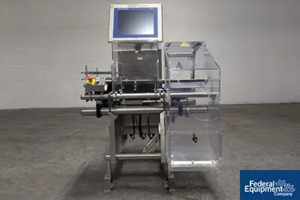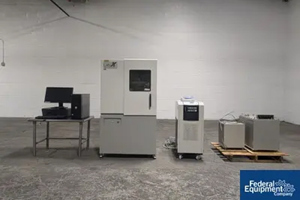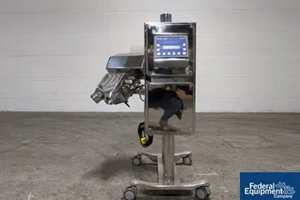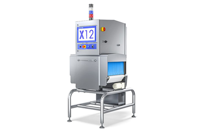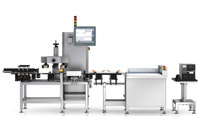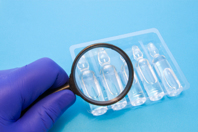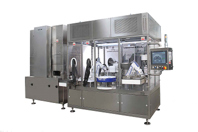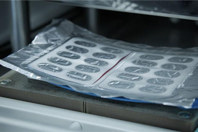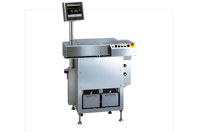Pharmaceutical Package Inspection
FEATURED ARTICLES
-
5 Common Bowie-Dick Test Failures And How To Prevent Them
Bowie-Dick test failures indicate serious sterilization issues. Learn the five most common causes and proven strategies to prevent downtime, compliance risks, and compromised product integrity.
WHITE PAPERS & CASE STUDIES
-
Utilizing A Checkweigher To Identify Inaccurately Filled Products
Sanofi-Aventis uses checkweighers to check vital insulin: in the Injectables Division, where liquid drugs such as different types of insulin or drugs for emergency medicine are produced, the packaged medical compounds are subjected to final checks using a dynamic checkweigher.
PRODUCTS AND SERVICES
-
High-performance x-ray inspection system that delivers improved product quality and increased product safety. The X12 system is the perfect solution for small-medium food and pharmaceutical products.
-
Seal-Sensor™ utilizes ultrasound technology that provides non-contact seal inspection solutions for offline laboratory use and high speed 100% online applications. Seal-Sensor is a very rapid, reliable method that provides an instant reading of seal presence and quality.
-
The Vial Leak Testing Machine is used for in-line Non-Destructive Container Closure Integrity Testing.
-
TQS-CP-Bottle is designed for the perfect integration in bottle or vial production lines. The system can be set up directly at the outlet of any conventional labeling machine to verify the previously serialised labels on individual cylindrical containers via an omnidirectional, 360° inspection.
-
Learn how these non-destructive inspection technologies verify container closure system integrity with deterministic quantitative test methods for vials, ampoules, syringes, cartridges and auto-injectors.
-
Manipulator machines can process a wide range of different containers such as vials, cartridges, and prefilled syringes, either bulk or nested, in order to meet the current pharmaceutical industry requirements and to address the end users' needs. They are designed to ensure the integrity of high-value products such as biotechnology, nuclear, cytotoxic, and more, or to treat different containers with a single machine thanks to the use of manipulator robots. These machines can be customized by joining our professional skills in filling and inspection applications and users' requirements.
-
Upperton provides clinical supplies for Phase 1, Phase 2, and Phase 3, specializing in oral, nasal, and pulmonary dosage forms.
-
Anritsu's aerosol checkweigher is engineered for accurate weighing of aerosol cans in pharmaceutical applications. It features a star wheel mechanism that feeds cans onto the weigh table at a constant speed and with uniform spacing. This design, combined with a high precision electromagnetic weigh cell, ensures a throughput of up to 150 cans per minute, with a weighing accuracy of ± 10 mg. The checkweigher has a compact footprint, integrating within the same frame a reject mechanism and confirmation function, ensuring that only correctly weighed products pass through. Underweight and overweight cans are automatically directed into two separate bins located beneath the weigh table. The system is compliant with federal regulation 21 CFR Part 11 for the integrity of electronic records and signatures, with features such as password authentication, audit trail of operation data, and encryption/decryption of exported data.

